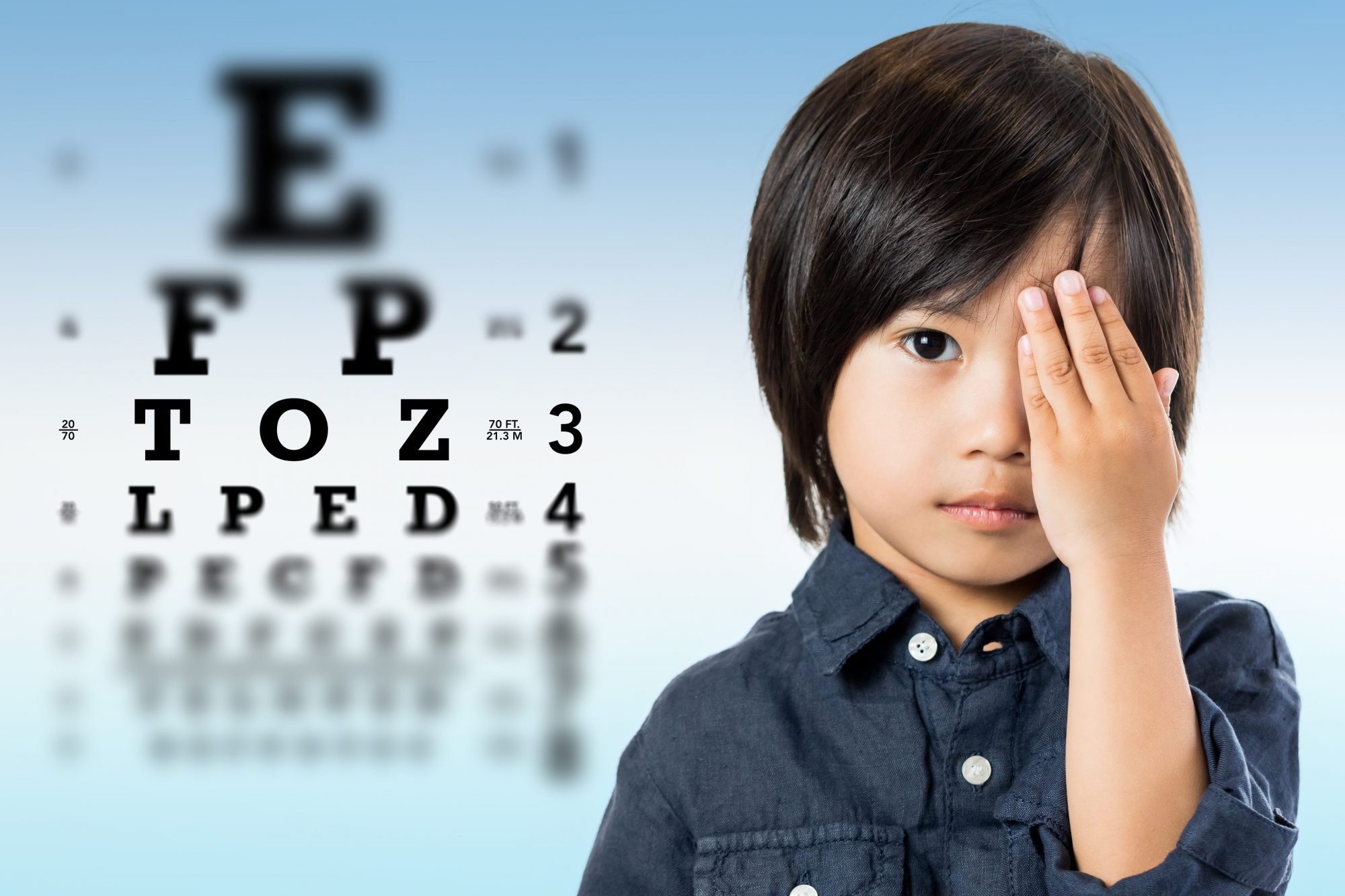
By: Sophie Bellenis, OTD, OTR/L
NESCA Occupational Therapist; Community-based Skills Coach
School vacation! Bright lights! Snow! Holiday cards on the wall! Bells a’ringing!
For many of us, the holiday season is an exciting, family-filled occasion that brings people together to celebrate yearly traditions. However, for some with sensory needs, the season can be over-stimulating, anxiety producing and difficult to navigate successfully. Even children who love the spirit of the season can quickly become saturated with the onslaught of visual, auditory, tactile and olfactory input. Here are some tips to consider as we head into holiday mode!
- Make Your Home a Safe Space – Consider reducing decorations, holding off on moving furniture and choosing a select few holiday cards from friends and family to display. With everything from daily routines to the look of familiar neighborhood streets changing throughout the month, maintaining consistency within a child’s home can help offer a much needed respite from the visual clutter. While these changes may seem minor, visual clutter causes some children’s eyes to continuously scan the room, move from place to place and constantly work to perceive all of the information. This is exhausting!
- Less is Often More – For a child who is easily over-stimulated, opening two presents can be much more exciting and rewarding than 10. One hour visiting family can feel easy, while two hours feels impossible. And a small tree can look beautiful, while a huge tree feels intimidating and scary. Set children up for success by keeping activities manageable.
- Have a Designated Sensory Retreat – When venturing out to visit family or friends, preparation is always key. Discussing a sensory plan before arriving and having supports in place can catch stressful situations before they develop. A pre-planned hand signal or code word can save a child from having to explain that their body feels dysregulated and they are overwhelmed. Children may want to take breaks in a quiet bedroom, bring a pop-up tent to hide in, or eat their meal somewhere quiet before a big sit down dinner begins. For adolescents, this sensory retreat may simply be sitting in the car for 10-15 minutes in silence. Give children permission to take what they need.
- Enlist the Help of Teachers – Social stories, modified visual routines and exposure to holiday sensory input are all strategies that teachers and therapists in the school setting can help to develop and introduce to a child. Previewing the plan for school vacation can make the week off go much more smoothly.
In a household such as mine, that celebrates both Christmas and Hanukkah, the month of December is fraught with routine change, decorations and new smells from rarely cooked, homemade meals. Allowing our children with sensory processing disorder, autism spectrum disorder and other sensory needs to prioritize their internal regulation can help make the season fun for everyone!
About the Author:

Dr. Sophie Bellenis is a Licensed Occupational Therapist in Massachusetts, specializing in pediatrics and occupational therapy in the developing world. For the past five years her work has primarily been split between children and adolescents on the Autism Spectrum in the United States, and marginalized children in Tanzania, East Africa.
Dr. Bellenis graduated from the MGH Institute of Health Professions with a Doctorate in Occupational Therapy, with a focus on pediatrics and international program evaluation. She is a member of the American Occupational Therapy Association, as well as the World Federation of Occupational Therapists.
Dr. Bellenis has worked for the Northshore Education Consortium at the Kevin O’Grady School providing occupational therapy services and also at the Spaulding Cambridge Outpatient Center. She also has extensive experience working at the Northeast ARC Spotlight Program using a drama-based method to teach social skills to children, adolescents, and young adults with autism, Asperger’s Syndrome, and related social cognitive challenges.
Internationally, Dr. Bellenis has done extensive work with the Tanzanian Children’s Fund providing educational enrichment and support. She has also spent time working with The Plaster House, a post-surgical, pediatric rehabilitation center in Ngaramtoni, Tanzania.
Dr. Bellenis currently works as a school-based occupational therapist for the city of Salem Public Schools and believes that individual sensory needs and visual motor skills must be taken into account to create comprehensive educational programming. Dr. Bellenis joined NESCA in the fall of 2017 to offer community-based skills coaching services as well as social skills coaching as part of NESCA’s transition team.
If you are interested in an Occupational Therapy consultation/ assessment or individualized skill coaching with Dr. Bellenis, please complete NESCA’s online intake form today.
Neuropsychology & Education Services for Children & Adolescents (NESCA) is a pediatric neuropsychology practice and integrative treatment center with offices in Newton, Massachusetts, Plainville, Massachusetts, and Londonderry, New Hampshire, serving clients from preschool through young adulthood and their families. For more information, please email info@nesca-newton.com or call 617-658-9800.





Connect with Us